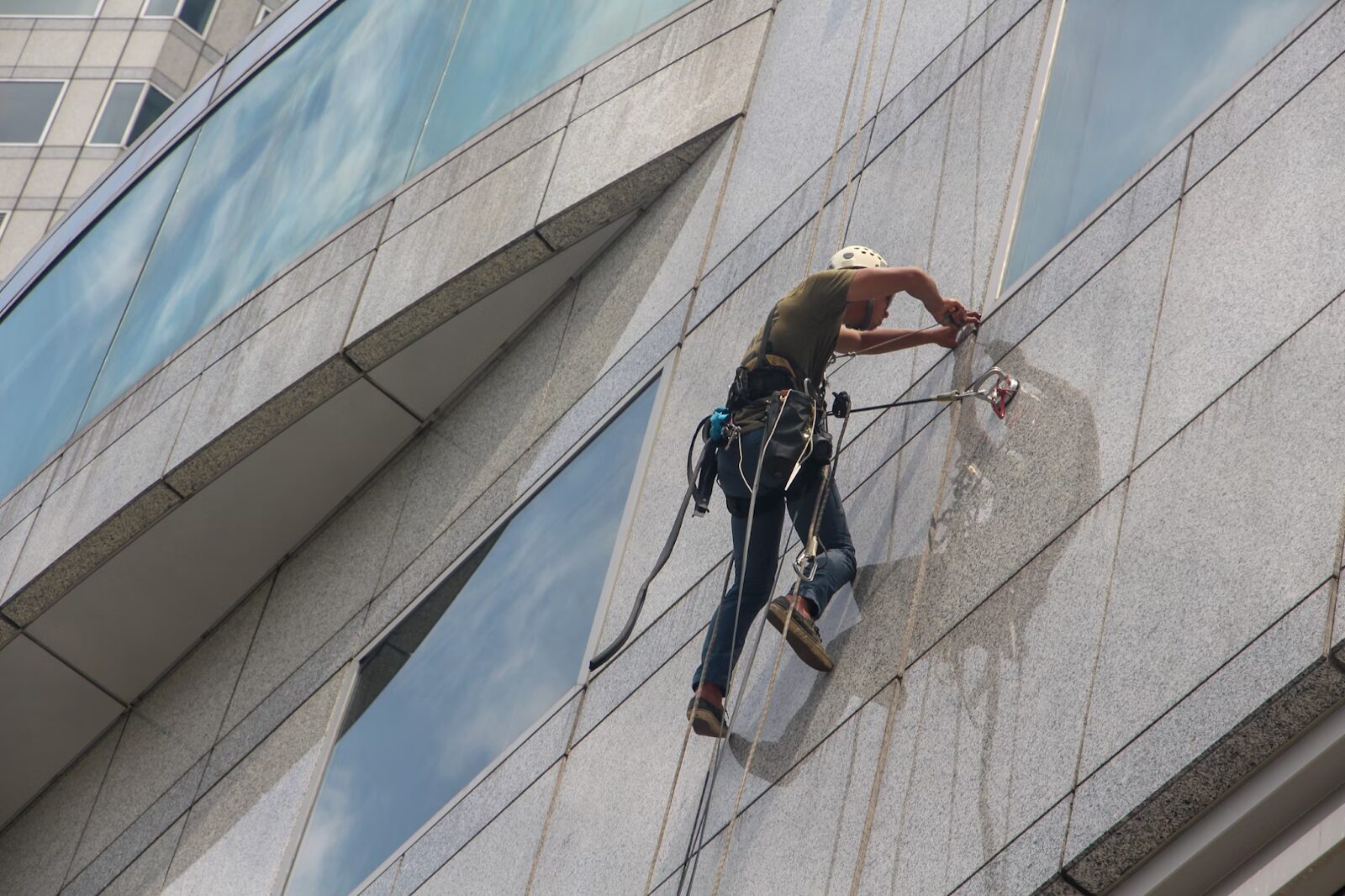Lone workers operate without direct supervision, often in isolated settings. From late-night retail clerks to home healthcare aides, an estimated 5-7% of the US and UK workforce are lone workers. While autonomy can appeal to some, managing safety risks becomes a greater priority. Use this comprehensive guide on proactive precautions, response protocols, and technology solutions.
Table of Contents
Understanding Lone Worker Risks
Lone workers face amplified vulnerabilities, unlike on-site employees surrounded by colleagues and leadership. However, awareness of common hazards informs preventative measures. Consider these factors:
Remoteness – Whether doing remote field work or closing shops alone, isolation leaves workers unable to call for immediate assistance if incidents occur.
Unpredictability – Without witnesses, volatile customer interactions or unreasonable demands carry greater threats that lone workers must defuse independently.
Improper equipment – Machinery accidents, slips, and other job hazards cause twice as many injuries for solitary individuals if proper tools or training aren’t provided.
Health emergencies – Everything from work stress to unknown medical conditions can strike. But no one may be around to help if something debilitating occurs.
Fatigue and focus – Self-pacing becomes essential as mental exhaustion or distractions erode attentiveness for those working solo.
Developing Lone Worker Procedures
While risks always remain for solitary roles, companies must take every responsible precaution—just like with on-site employees. Define clear protocols addressing:
Check-in requirements – Instruct regular contact times for providing status updates. Response lateness prompts escalations.
Incident reporting – Communicate channels mobile employees should use to document concerning events in real-time, from accidents to hostile interactions.
Risk assessments – Note environmental, physical, or other potential hazards that workers may encounter for awareness. Update if conditions change.
Emergency protocols – Ensure all lone workers understand the proper steps for various scenarios – from storms or spills to active assailants. Provide contact numbers.
Equipment/PPE – Confirm employees possess adequate machinery guards and personal safety gear for the work in safely navigable condition. Replace if damaged.
Rest protocols – Lone workers need to recognize their fatigue levels given the absence of relief options. Define breaks guidance.
Formalized policies protect employees and organizations if injuries or liability issues arise.
Prioritizing Lone Worker Training
Beyond conceptual procedures, sufficient training equips employees to apply health and safety practices on location correctly. Tailor programs specifically to risks associates face covering:
Hazard perception – Sharpen your ability to recognize dangers like slick terrain or suspicious trespassers for quick cautions.
De-escalation tactics – Prepare workers to calmly resolve tense interactions that could turn aggressive through non-confrontational language.
Emergency response – Use drills to confirm confident handling of crises like medical trauma, natural disasters, or workplace violence.
Technology usage – Ensure fluent application of lone worker monitoring programs or check-in tools provided for enhanced protection.
Make training modular, addressing likely scenarios at worker sites while integrating periodic refreshers against complacency.
Facilitating Frequent Lone Worker Communication
While written protocols help, actively facilitating frequent communication promotes safety through stronger connections. This means:
They provide contact options. Share the manager’s or supervisor’s direct lines for quicker assistance if issues emerge. Promote open dialogue.
Requiring check-ins – Enforce periodic contact minimums via calls, texts, or app integrations to confirm employee welfare and awareness.
Monitoring closely – Watch for outreach lapses or unusual requests that could signal duress situations requiring urgent aid.
Cultivating culture – Instill workplace values where speaking up against concerns or admitting fatigue isn’t a sign of weakness but strength in self-care.
Offering assistance – Don’t underestimate small perks like mileage reimbursement or scheduling help that improves focus for fulfilled, safe workers.
With established reliable communication rhythms and supportive resources, employees gain the confidence to voice situations early before escalating. The little things make a difference.
Utilizing Lone Worker Safety Devices
Thanks to modern innovations, various compact solutions beyond basic cell phones safeguard solitary individuals. Depending on needs, consider:
Panic buttons – Wearable or badge-based buttons allow discreet, instant emergency signal triggering when threats arise for urgent assistance.
Location trackers – Lightweight tracking tags pinned to clothing or built into devices transmit real-time positional awareness data for immediate incident pinpointing.
Health monitors – Biosensor systems like smartwatches trace indicators such as elevated heart rate, hard falls, or lack of movement to alert supervisors if intervention becomes necessary.
Personal safety apps – All-in-one mobile solutions centralize emergency notification activation, tracking, check-in protocols, and more for comprehensive protection.
Check industry regulations in case specialized equipment becomes legally required for high-risk professions. The latest lone working safety tips offer clever assistance.
Responding to Lone Worker Emergencies
During crisis events, efficient emergency response proves critical for lone workers injured on-site without backup aid. Define protocols for handling:
Notifications – Workers should activate emergency alerts via provided panic buttons, mobile apps, or posted client numbers to designated points of contact for the fastest coordination.
Assessment – Upon alerts, key personnel should immediately connect with employees via two-way communication through devices to better assess dilemmas.
Dispatch – Based on details supplied, dispatch emergency medical, security, or police support to reported locations ASAP.
Track – Access real-time remote location data to help guide responders for quicker assistance, even in vague locales like warehouses.
Transport – For medical emergencies, safely evacuate workers from the premises for proper hospital care.
Support – Stay actively engaged throughout treatment processes until stabilization and offer counseling post-crisis, if needed.
By adequately preparing for the worst, lone workers gain confidence that backup awaits when unpredictability strikes.
Reporting Lone Worker Incidents
Following emergency events, important reporting and analysis procedures help prevent repeat issues.
Employee statements – Obtain official written statements from involved workers summarizing fact timelines.
Witness accounts – Gather observational testimonies from any volunteers or vendor personnel peripherally involved.
Review data – Compile associated photos, tracking records, or check-in logs substantiating sequence details.
Identify causes – Pinpoint policy, training, equipment, or situational gaps complicit in incident severity through a thorough internal investigation.
Update procedures – Leverage findings to strengthen emergency protocols, resource provisions, training content, and monitoring technology.
Although unfortunate when necessary, post-event review fuels program betterment for a safer, more prepared workforce that vigilantly cares for its own.
The risks facing lone workers remain unavoidable. But as organizations provide the tools, training, and infrastructure enabling success, employees gain confidence to thrive independently while staying protected. Everyone deserves a workplace where they can feel secure even when alone on-site. It just takes commitment to safety across the board.





